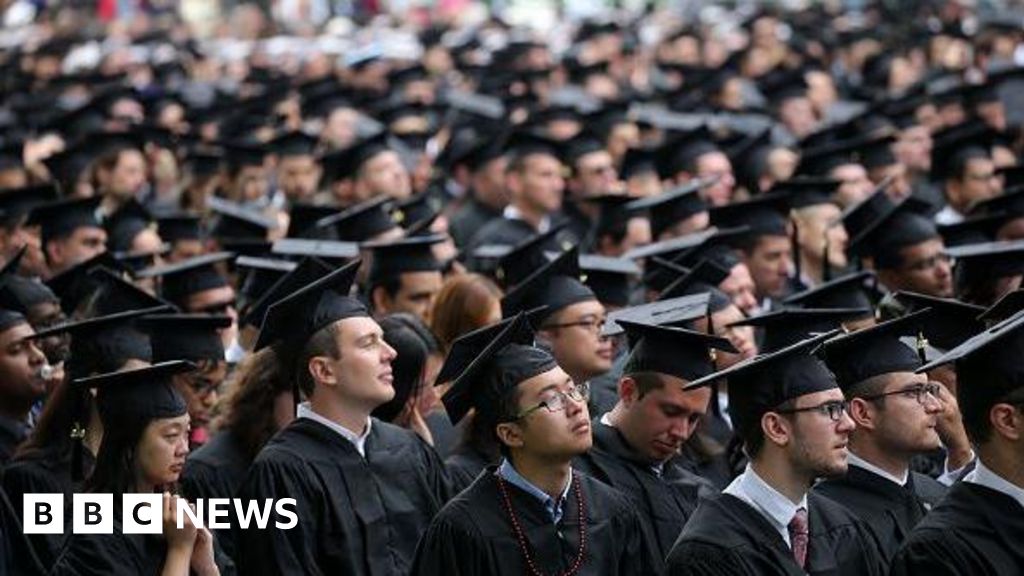

A prestigious US university has recorded a sharp fall in admissions from “members of historically under-represented racial and ethnic groups,” following a Supreme Court decision to end affirmative action.
The Massachusetts Institute of Technology (MIT) said 16% of its new intake identify as being black, Hispanic, Native American and/or Pacific islander – down 10 percentage points in one year.
The Supreme Court ruled in 2023 that university admissions schemes promoting diversity violated the US Constitution’s equal protection clause.
Stu Schmill, MIT’s dean of admissions, said he expected a fall and “that is what happened”.
He said he had “no doubt that we left out many well-qualified, well-matched applicants… who would have excelled”.
MIT is the first major university to publish data on intake since the court ruling.
Sally Kornbluth, the president of MIT, said in an announcement that the new student intake was “as always, outstanding”.
“What it does not bring, as a consequence of last year’s Supreme Court decision,” she added, “is the same degree of broad racial and ethnic diversity that the MIT community has worked together to achieve over the past several decades.”
In recent years, around 25% of MIT’s enrolling undergraduate students have identified as Black, Hispanic, and/or Native American and Pacific Islander, Mr Schmill added.
Its figures show that this year, the percentage of black students enrolled dropped to 5% from 15%, and the percentage of Hispanic and Latino students dropped to 11% from 16%.
White students make up 37% of the new class, compared with 38% last year, while the percentage of Asian American students rose to 47% from 40%.
Asian-Americans are not included in MIT’s category of students “historically under-represented” in STEM (science, technology, engineering and mathematics) subjects, which Mr Schmill has previously acknowledged to be a “crude standard”.
The new admissions figures do not total 100% as some students identify as more than one race or ethnicity.
More than 40% of the US population identifies as a race other than white, according to 2023 census data.
In his latest comments, Mr Schmill said the intake in the year before the court decision had the largest proportion of under-represented minority students in the university’s history.
He added that MIT did not solicit race or ethnicity information from applicants this year, only from those who were enrolled.
The university said the court decision had prompted it to expand recruitment and financial aid initiatives that prioritise low-income students from all backgrounds.
Mr Schmill added that the university now looks for diversity through “prospective fields of study and areas of research, extracurricular activities and accomplishments, as well as economic, geographic, and educational background”.
Edward Blum, whose Students for Fair Admissions group brought the Supreme Court case, told The New York Times that “every student admitted… will know that they were accepted only based upon their outstanding academic and extracurricular achievements, not the colour of their skin”.







